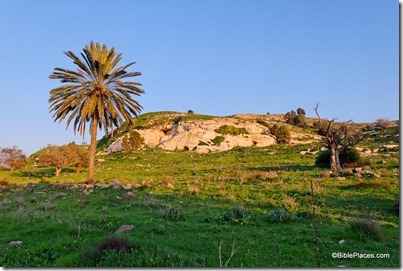Volumes 1 and 2 of the Ashkelon Reports are now available for free download. From Dig Ashkelon:
As we continue our new discoveries, we are excited to be able to bring you a summary of our results from 1985-2004 in the form of two final report volumes: Ashkelon 1 and Ashkelon 2. These two volumes provide over 900 pages of information on the ancient city of Ashkelon and can be downloaded free of charge due to the generous sponsorship of the Leon Levy Foundation. For those scholars who need the printed volumes, please note that they are still for sale at Eisenbrauns. These volumes – both in their publication, and now in their free distribution – reaffirm our commitment to making the result of our excavation available to the widest possible audience, so that all can appreciate appreciate and learn from the wonders of the history of Ashkelon.
Elsewhere it is written:
Eventually, each volume in the series will be available for download making the excavation of Ashkelon one of the most accessible in the world.
I don’t have enough positive things to say. Ashkelon 1: Introduction and Overview (1985-2006) fills 700 pages and sells for $135. Ashkelon 2: Imported Pottery of the Roman and Late Roman Periods has 233 pages and sells for $45.
Ashkelon 3: The Seventh Century B.C. has 28 chapters, 800 full-color pages, and sells for $93. The third volume was published this year and is not currently available for download.
Under this model, libraries and institutions will purchase the book and help to cover publication costs. After several years the Leon Levy Foundation will provide the funding so that the digital file (pdf) is made available to researchers and students who otherwise might not be able to afford the purchase. There is much merit in this model and I would love to see other expeditions follow suit.

